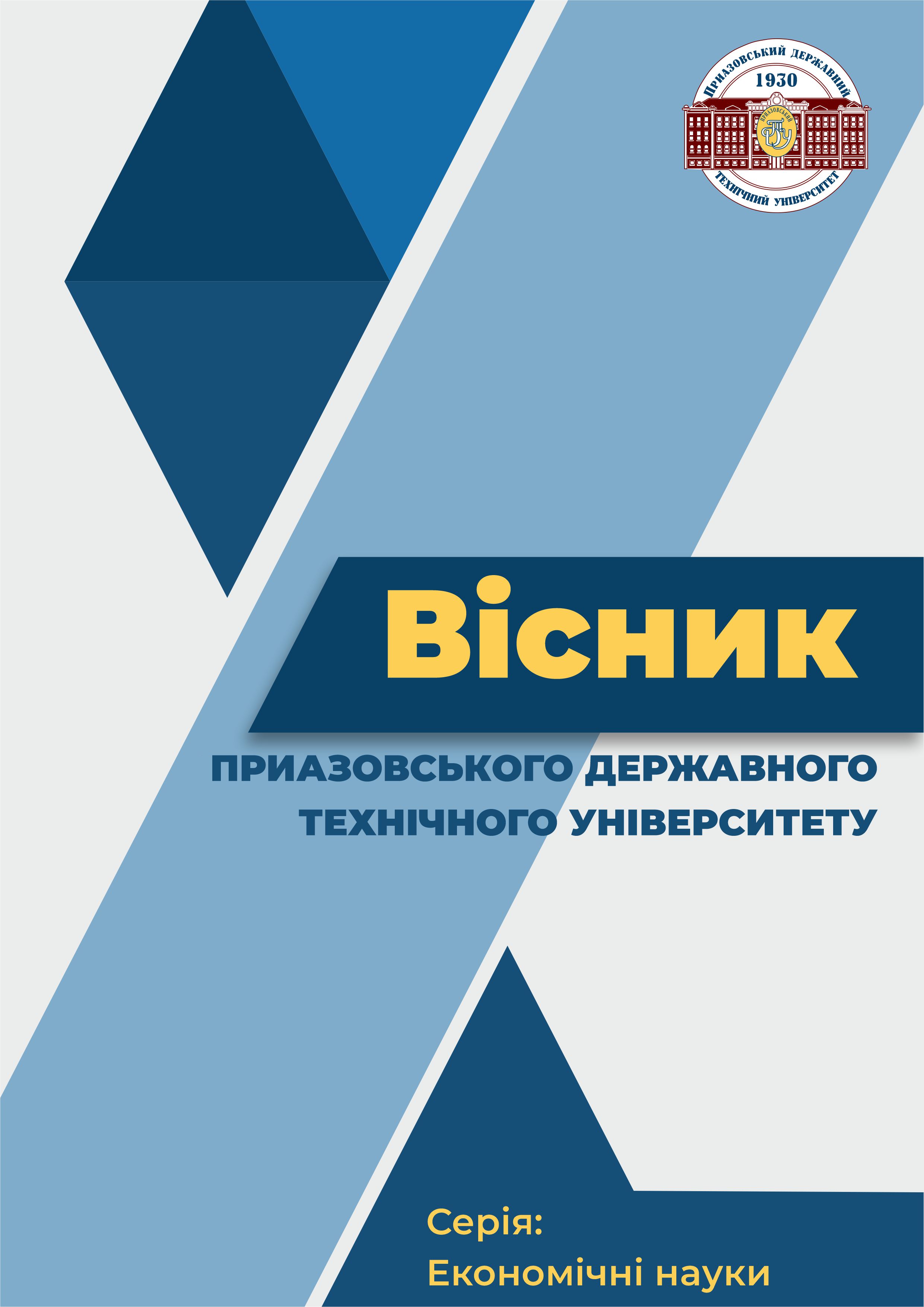About the Journal
Collection "Bulletin of PSTU" Series: Economic Sciences
ISSN: 2225 - 6725
Founder: State Higher Educational Institution "Pryazovskyi State Technical University" http://www.pstu.edu
Year of establishment: 1995
The collection contains articles that summarize the results of scientific research by employees of higher educational institutions of Ukraine, academic and sectoral scientific organizations, leading enterprises of the leading industries of the country, employees of international, state, and regional organizations, authorities dealing with the development of theoretical and practical aspects of economics and intellectual property. The collection is intended for scientists, specialists who study and research economic processes, lecturers, postgraduates, and students.
The collection is registered as a print media outlet. Decision No. 1821 of the National Council of Ukraine on Television and Radio Broadcasting dated 21.12.2023 (Protocol No. 31)
Address:
Dmytro Yavornytsky Ave., 19,
Building 12, Room 314
SHEI "PSTU"
Dnipro
49005
E-mail: vestnik.pstu@gmail.com
Reference phone numbers:
098258 94 47 Larysa Hryhorivna Kapranova, Deputy Editor-in-Chief
https://scholar.google.com.ua/citations?hl=uk&user=tb46RAoAAAAJ&view_op=list_works&authuser=7
https://portal.issn.org/resource/ISSN/2225-6725#



